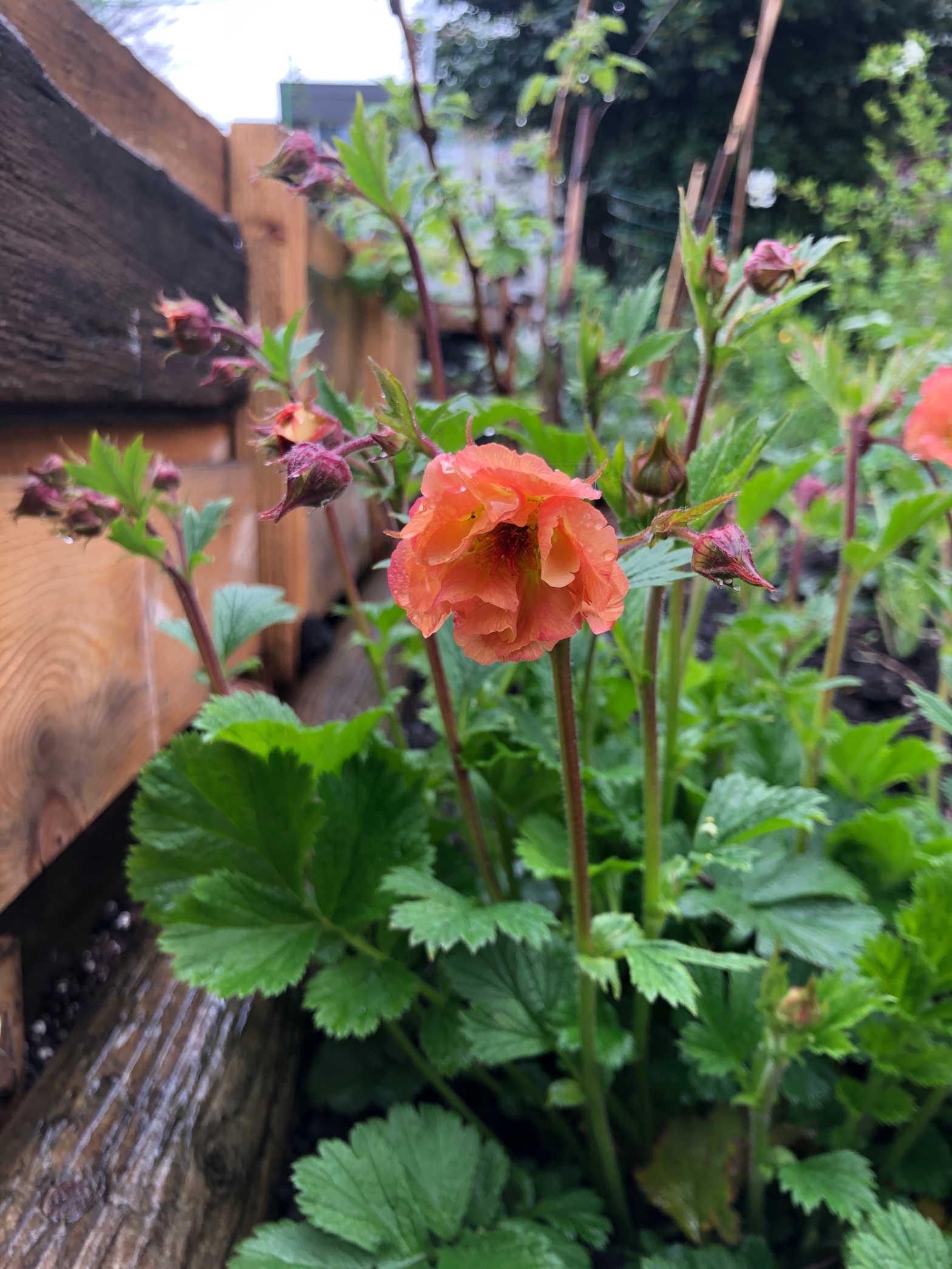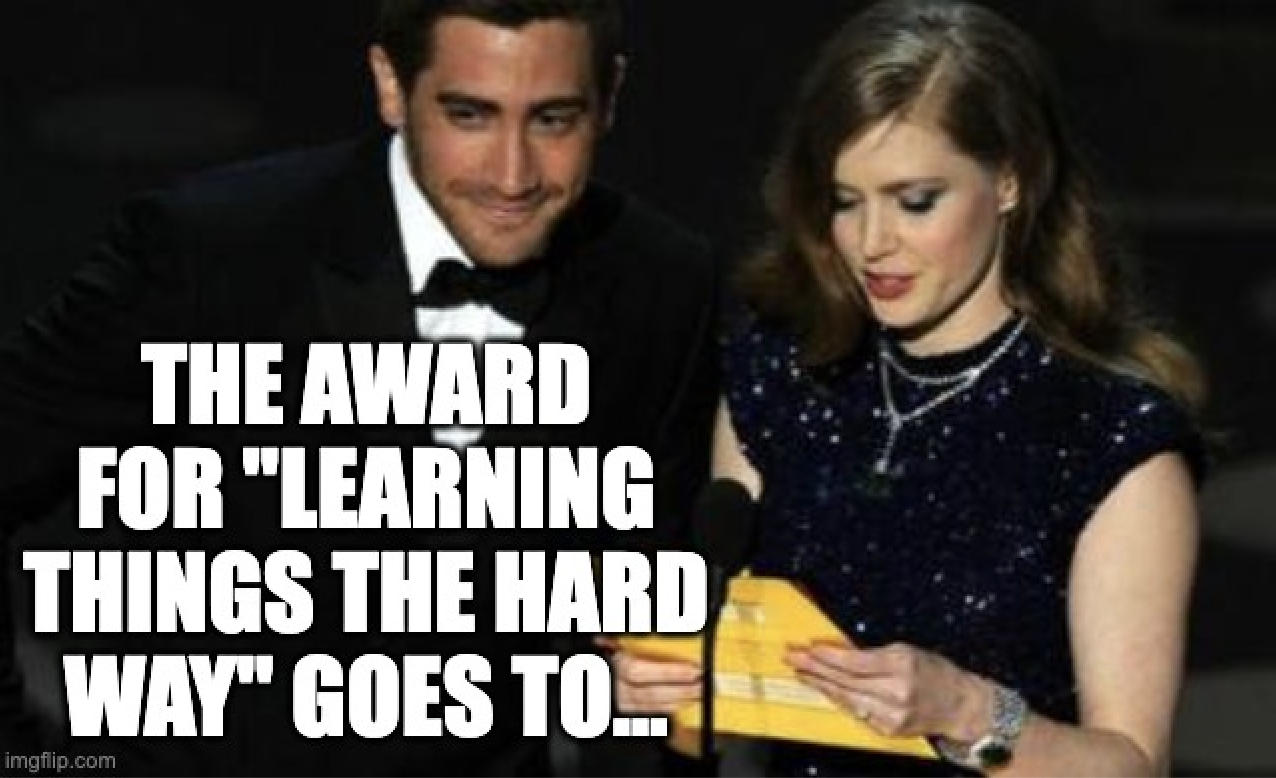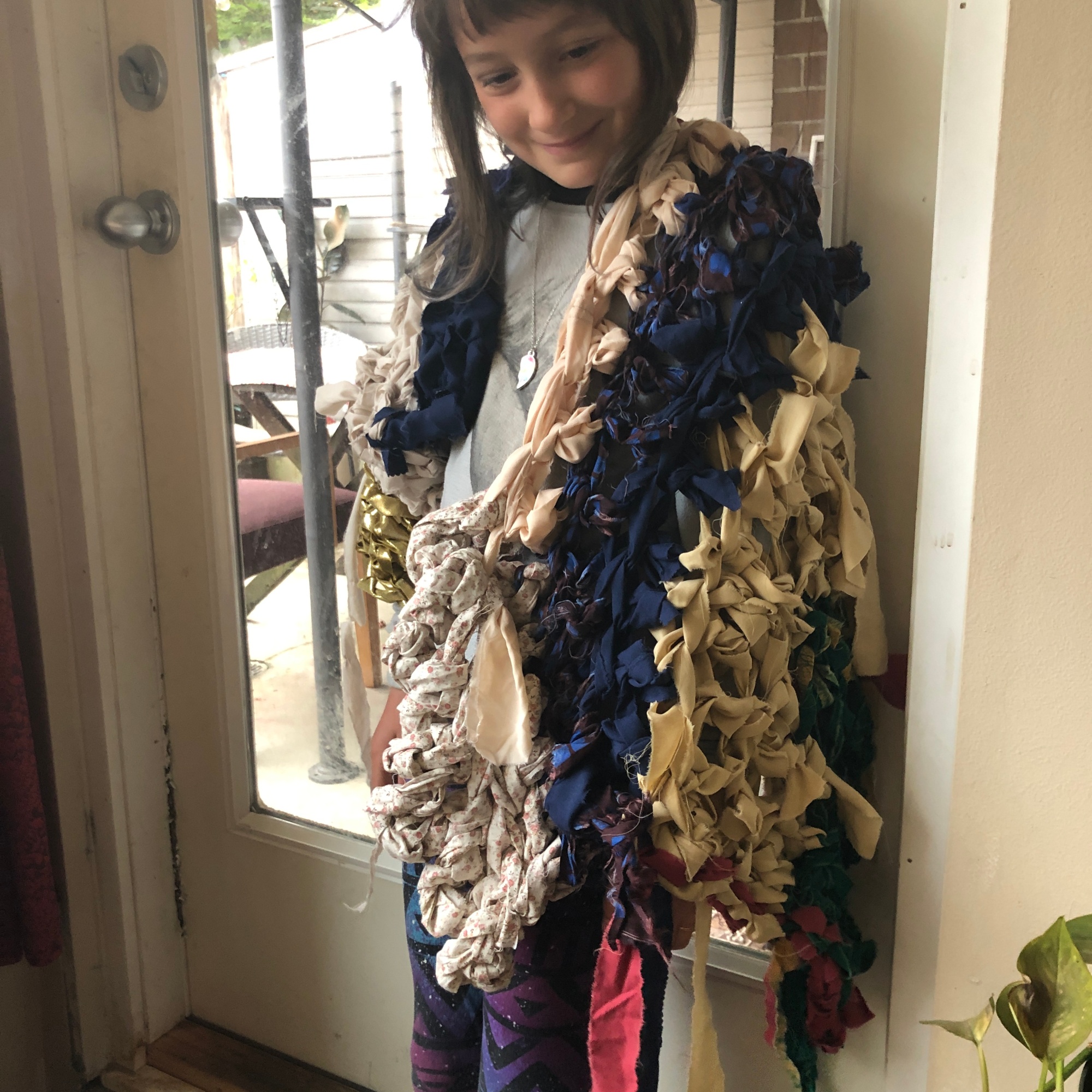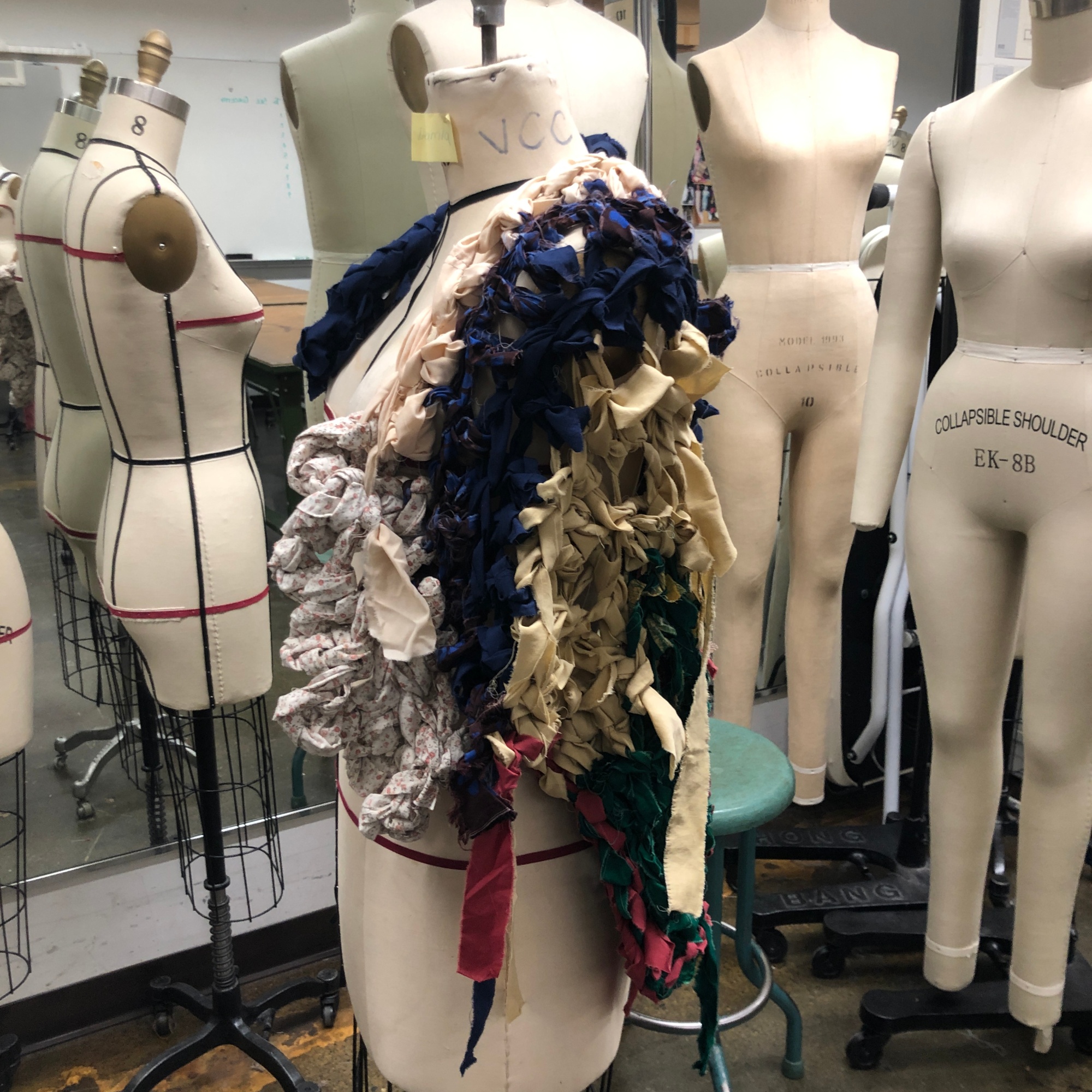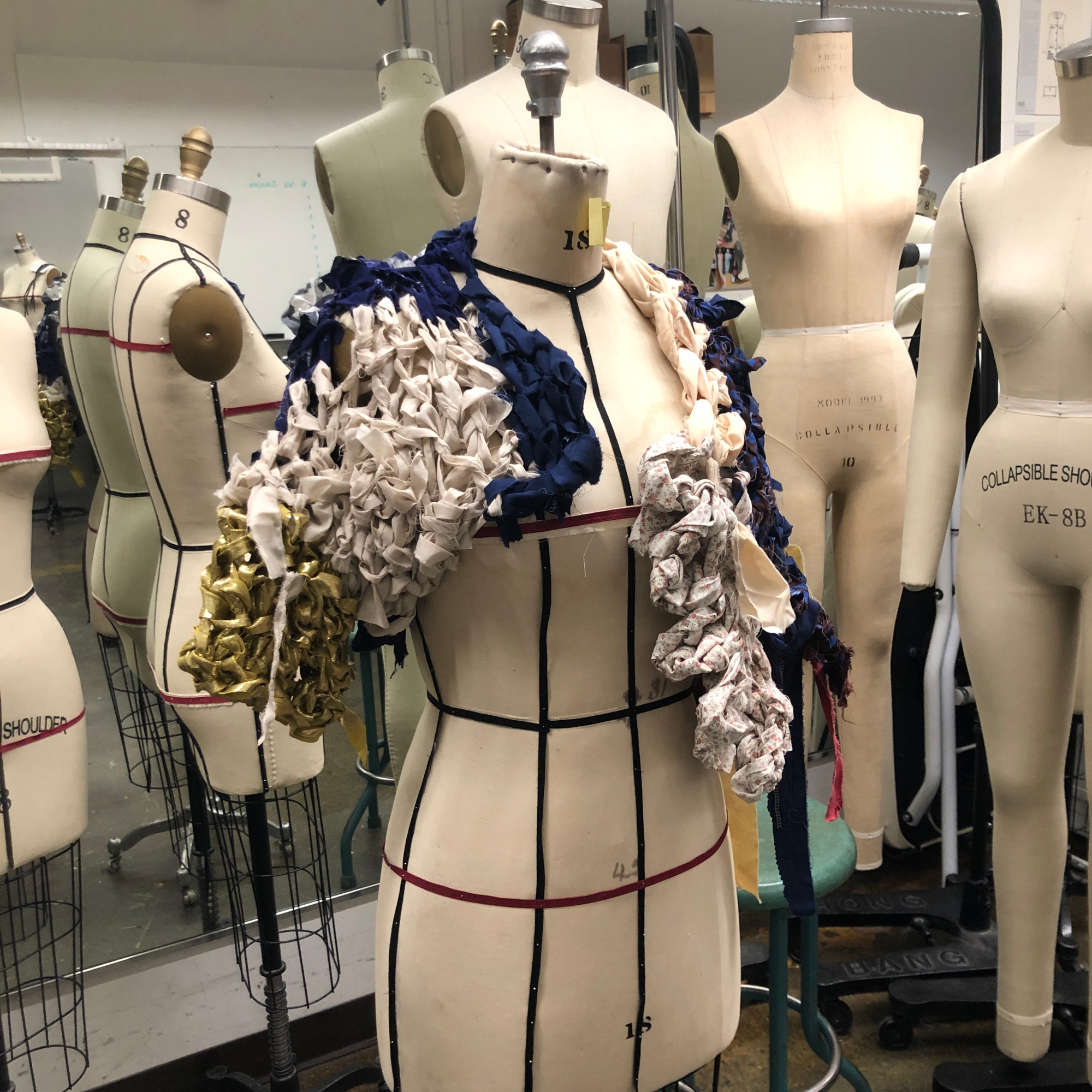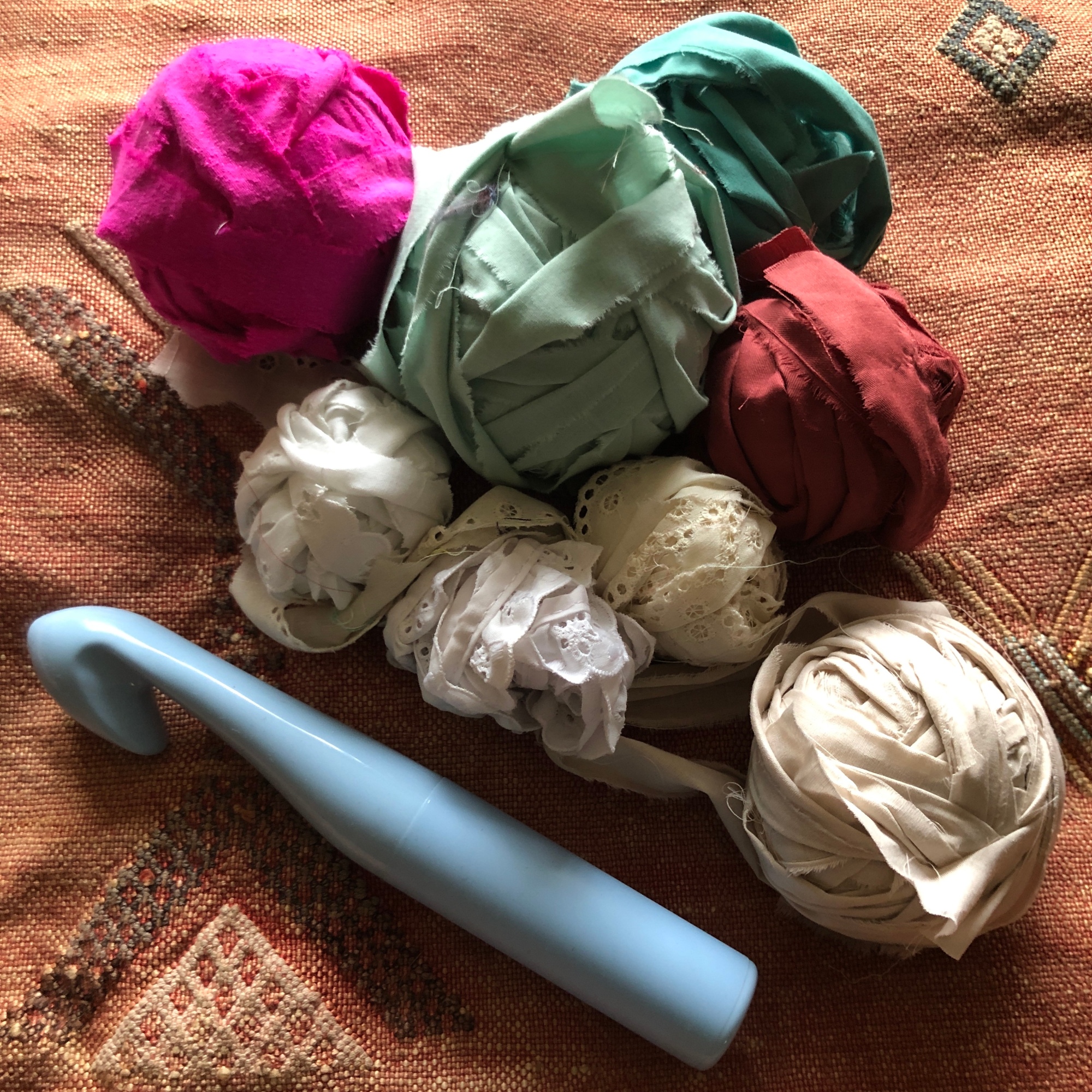I’m sad to end another iteration of ONL. By the time the next one starts up, I wonder if I’ll have time to join again. Round 2 did not disappoint.
I enjoy so many things about the course, but I think the biggest one is divergence. New and different people, perspectives, and ideas are my jam. The experience is refreshing, inspiring and expansive. The world got bigger, and I have more energy and desire to create and explore.
As a follow-up to my last post, I am getting a start on closing open tabs. I’m creating a resource guide of all the interesting stuff I want to remember, reference, and/or invesigate further. The items below came from ONL referenced materials and course-inspired rabbit holes. I don’t know how I’ll organize it just yet, but it’s a place for the ideas, until I make a place for the ideas – highlighted items are for future investigation.
Co-Design1 Community of Practice: Emma Blomkamp launched CoDesignCo in 2022, and I was soooo excited until I read that it’s already in sunset mode. This is something I wonder about CoPs – how often do they sustain life, without feeling like they are being forever rolled uphill? Searching for CoPs online for curriculum design, they seem to be affiliated with (and exclusive to employees of) specific universities. There’s more about CoDesignCo in this UX Magazine article, including this great nugget:

This framework is speaking to me. I especially like “install boundary spanners” and “build a collective memory” – but I like just about everything else, too.
The Walkshop Model: Teachers at Örebro University in Sweden developed this model for beginner programming students. I’ve seen some similar things before but here’s their process:
- Divide students into random groups.
- Post problems around the room on walls where you can also write (ie, post paper, whiteboards, etc).
- For 2 hours, groups circulate around the room and work on problems. The teacher and senior students listen and observe, and assist when needed.
- Occasionally students are told to talk with other groups to compare thinking and solutions.
- Halfway through the time, students are prompted to reflect on the ways they learn, and the ways they are contributing to their group. This gives them an opportunity to change the way they behave in their group for the 2nd half, if they feel the need.
- At the end, the students watch a video of the instructor with a colleague, talking through the way they solved it, and what guided their thinking. They can watch this video from home.
I really like 5 and 6. They are what make this activity complete and well developed, beyond what I’ve seen before. Hearing the instructor with a colleague, talking out their own thinking, is invaluable.
This model could be used for design challenges, ethical dilemmas, and many other kinds of problem-based learning.
Dancing with Systems: Now this is exactly the kind of woo introduction to a subject that I go crazy for. Donella Meadows was an environmental scientist and systems thinker, who among other things was the lead author on Limits to Growth, which through computer simulation (in 1972!) posited that our economic and population growth trajectories with limited available resources aren’t sustainable. Seems controversial. 🙃2 Dancing With Systems is a posthumously published work on how to disrupt systems for positive change. Hackernoon summarized her key guidelines well. The abbreviated list follows:
- Get the beat: get to know it before you muck with it
- Listen to the wisdom of the system: look for what’s good and self-sustaining
- Expose your mental models to the open air: put your assumptions out there to be challenged, and be open to change your ways of thinking
- Stay humble. Stay a learner.
- Locate responsibility in the system: look for the ways the system itself creates certain impacts, not just how it behaves to random outside stimuli (ie specific external events)
- Make feedback policies for feedback systems: create an evaluation culture
- Pay attention to what is important, not to what is quantifiable
- If something is ugly, say so
- Go for the good of the whole
- Expand time horizons: think about short term and long term
- Expand thought horizons: take an interdisciplinary approach
- Expand the boundary of caring: not just our immediate community
- Celebrate complexity
- Hold fast to the goal of goodness
DS106: AKA Digital Storytelling is… I think it’s an open online course which also runs at an actual university sometimes. Not exaggerating, it took me the better part of an hour to confirm that this is actually still a thing. The website feels like a ghost town that thrived in 2005, all broken links and outdated references. Posted content is almost exclusively from 2011-2013, back when the teacher was fresh and full of passion, or had a budget, or perhaps before they lost the password to the website back end. It’s like teaching that once-annual class and reaching that powerpoint slide and oh god I still have that data from 10 years ago dear lord why haven’t I updated that yet. But if you click just the right link, you can find evidence of recent activity. There are residents in the ghost town, after all.

I have so much curiosity3 – why hasn’t someone tidied it up? Are there enough open learners to foster a sense of community? If I start this course will I be sucked into a spooky alternate reality internet nerd drama (I hope so)?
Scanning the more recent activity, there’s mention of Daily Create prompts like “find the background code of a website and use it for art” or “explore poetry of endangered languages”. Fuuuuuuuunnn! After a little hunt, which included signing up for a twitter account only to find a twitter post pointing me somewhere else, I found the Daily Create site. Today’s prompted to leave a message at the anonymous answering machine at After the Beep. I did. Does this mean I’m registered?
- As far as I can recall, this is my first introduction to the word Co-Design – defined as “a participatory approach to designing solutions, in which community members are treated as equal collaborators in the design process” – though it’s much of what I do. ↩︎
- WHY have I only figured out TODAY that this is a sarcasm emoji? Where have you been all my life? ↩︎
- Curiosity and mystery on the internet is something I want to investigate more. I almost never feel curious on social media. 2 hours worth of DS106 exploration was so refreshing and motivating! ↩︎


